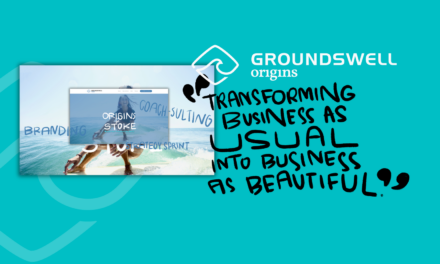Yes, a lot of people write books. (Some estimates say 4M a year.)
Here are five things to do that will help you see and realize the value of adding a book to your content product offerings.
1. Realize the benefits: Don’t expect a book to bring in big revenue. The average book in the United States sells an average of 1K copies.
However, a book brings a lot more profitable benefits than a potential passive revenue stream. It can help you build credibility and establish your expertise.
Books also help you to earn more revenue from speaking engagements. You could write into the contract the opportunity to sell your book at the event or for the host to purchase copies for all in attendance.
Chelsea Bennett, brand engagement manager at self-publishing company Lulu, says books also can help you attract media attention, landing interviews on podcasts, YouTube, and more.
She also notes that a book can be a low-price point for your community to support and engage with you.
Book Publishing for the Content Entrepreneur (free class)
2. Think about what goes inside the book: You don’t need to start from scratch. If you’re a blogger, you could package your top-performing content or at least use that as a starting point for your creation. If you’re a podcaster, how could you package content from episodes into your book?
If you want to create wholly new content, revisit your content tilt. Think about the common questions or feedback you receive. How could you turn that into an original book?
10 Ridiculously Simple Steps for Writing a Book
3. Start your marketing and sales plan: Chelsea says many authors get so excited about making a book that they mistakenly wait until they have it in their hands before they powder how to sell and promote it.
Knowing the goal of the book and the content of the book now can inform your marketing plan. Detail the target audience of buyers, identify why they might like the book, list the channels you have to access them, and start drafting a promotional calendar.
Writing your marketing plan early also can help guide decisions on the book’s development, from design to content.
19 Ways To Promote a Book by a 4X New York Times Bestseller
4. Create a cover concept: Though you’re not ready for a final cover design, sketching concepts is helpful. After all, just like a headline determines if someone will read an article, a book cover is a big contributor to the reading decision.
What would the title be? It should grab attention or pique curiosity. What will a subtitle be necessary to explain what the book is about? What would that be?
Think about the visual feel – are you thinking about strong imagery, cartoon-esque illustration, or something else? The imagery helps set the stage for what readers can expect.
How To Design a Book Cover in 6 Steps
5. Explore publishing choices: You have two broad choices on how to get your book published – traditional publishing or self-publishing models.
Going the traditional publishing route, you usually need to interest a literary agent first. Then, they pitch the publishers. Ultimately, you sign a contract with the publisher and are assigned an editor to facilitate your book. (That’s the simple process – it’s not that simple to execute.)
In the self-publishing route, you handle the process – identifying the self-publishing service, handling the editing, design, marketing, etc. If you choose this route, look carefully at what each self-publisher offers and what they don’t. For example, if they handle the ordering and distribution side of things, do you get access to the customer data?
17 Pros and Cons of Traditional Publishing vs. Self-Publishing
About the author
Ann regularly combines words and strategy for B2B, B2C, and nonprofits, continuing to live up to her high school nickname, Editor Ann. An IABC Communicator of the Year and founder of G Force Communication, Ann coaches and trains professionals in all things content. Connect with her on LinkedIn and Twitter.


![A Successful Content Creator Does These 4 Things in Their Content Business [Research]](https://www.thetilt.com/wp-content/uploads/2021/07/Successful-2-440x264.jpeg)







